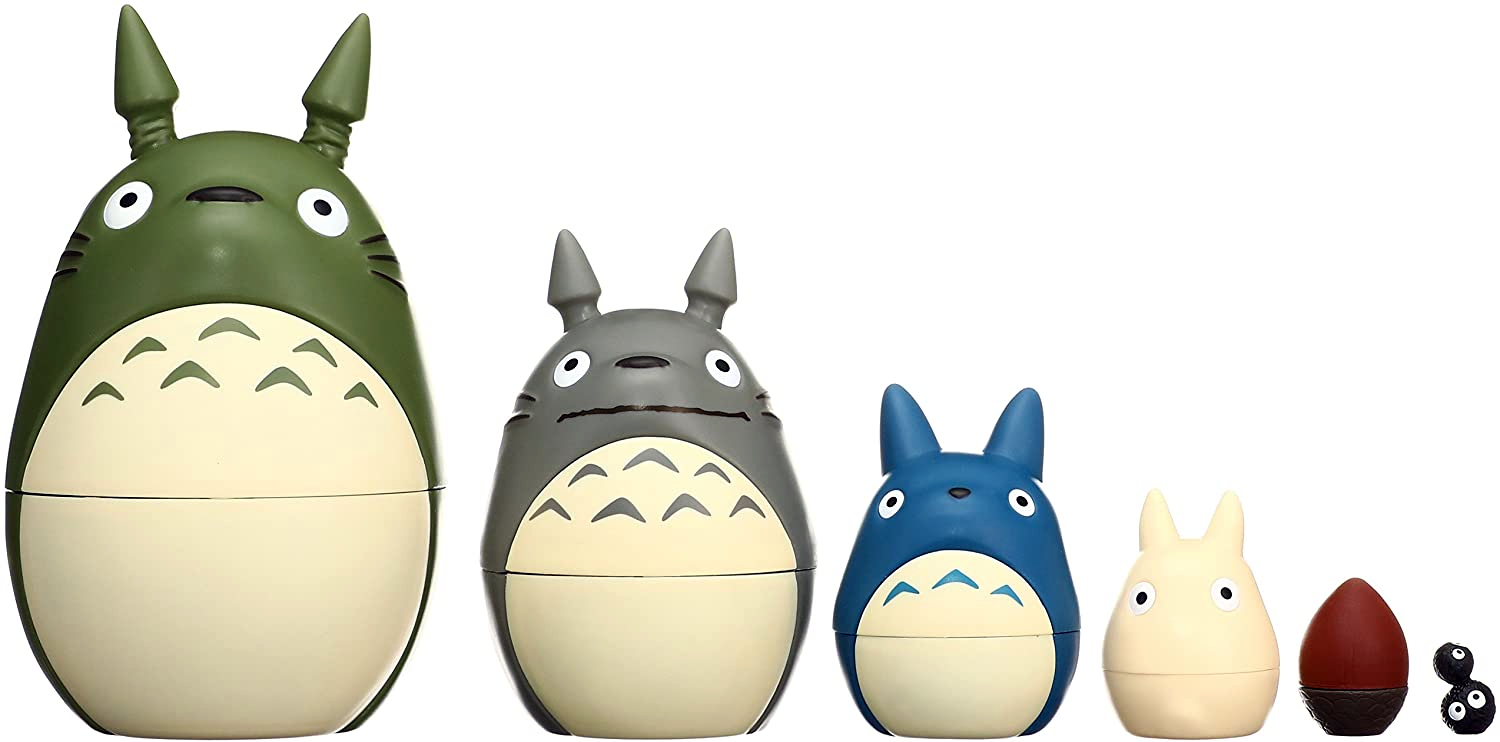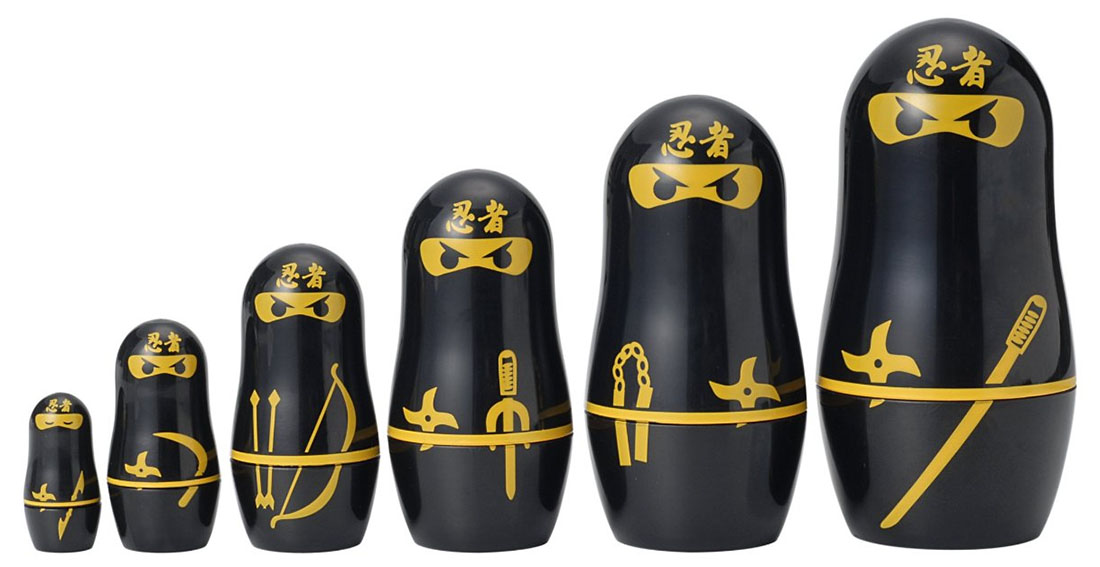In the Matryoshka Search Technique, I described a method for resolving search checks that keeps players actively engaged with the actions of their characters so that they feel ownership of what their characters discover. You may want to read that post before reading this one, but the short version is:
- On a successful search check, instead of immediately discovering the point of interest, the character discovers an indicator pointing them in the direction of the target of the search.
- This requires the player to draw a conclusion and then act on that conclusion.
For example, instead of saying, “You find a hidden switch on the frame of the painting that opens a secret door,” you would instead say, “You notice that the frame of the painting is quite dusty, except for one spot in the lower right corner.”
Because it is the player’s declared action (“I examine that corner of the painting” and then “I push on the raised portion of the heron engraving”) that result in the switch being discovered and the secret door being opened – rather than the dice roll – the player is empowered and it feels as if THEY were the one who found it. (Because it was.)
I refer to this as a matryoshka technique because it’s like a Russian nesting doll: Instead of showing the players the innermost doll, you instead hand them the full stack and let them open each one.
But it’s not the only matryoshka technique.
If you’re running a hexcrawl, for example, you can use a matryoshka technique even within a single hex.
For example, even if you’re using an extremely simplistic hexcrawl structure in which the PCs automatically encounter the keyed content of each hex when they enter the hex, you can – instead of having them just run directly into it – give them an indicator.
So instead of saying, “You see a goblin village,” you describe the goblin tracks they stumble across. Or describe a plume of smoke on the horizon.
Do they follow the tracks? And, if they do, are they successful?
Do they head towards the plume of smoke? Or avoid it?
Instead of stumbling directly onto an ancient pyramid, the PCs spot a patch of ancient road almost completely swallowed up by the jungle.
Are they able to figure out which direction the road originally ran? Do they divert to see where it went?
And, like any matryoshka technique, this doesn’t have to be just one level deep. It can be nested to several levels.
It can also be interesting if they get two different indicators at the same time. For example, they see a plume of smoke to the west, but the goblin tracks are heading north.
(With a robust structure for running wilderness exploration, multiple indicators like this can be spontaneously generated. For example, you might have both the keyed location in a hex they just entered and the random encounter you just rolled.)
The goal of the technique is to draw players more deeply into the game world and empower them to actually explore the game world (instead of letting the dice do it for them). Not just because it will make them feel cool (although it will), but because it positions them to make meaningful choices. And that’s exciting for everyone at the table, because the consequences of those choices will transform the campaign.
FURTHER READING
Matryoshka Searches













